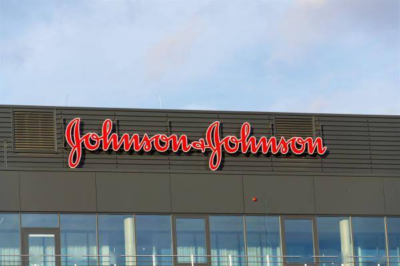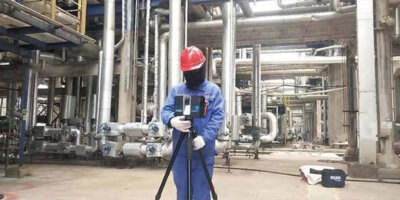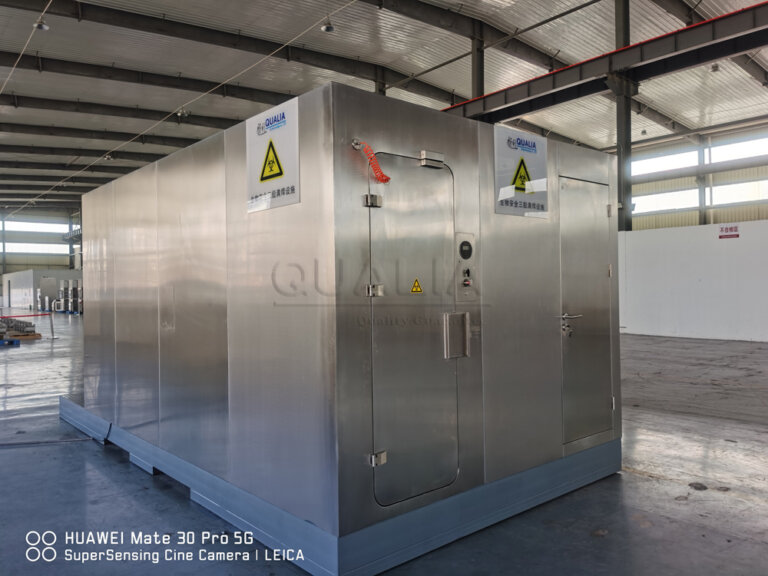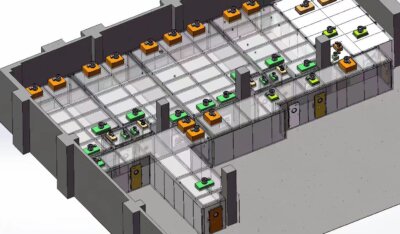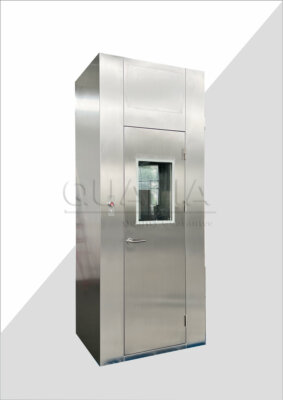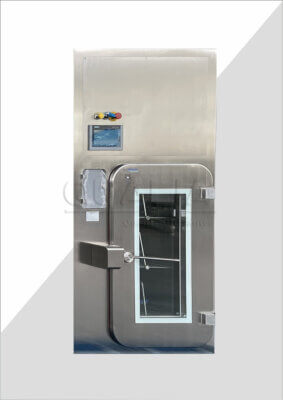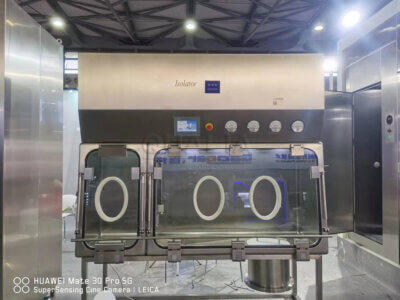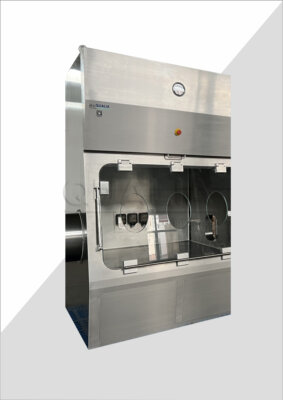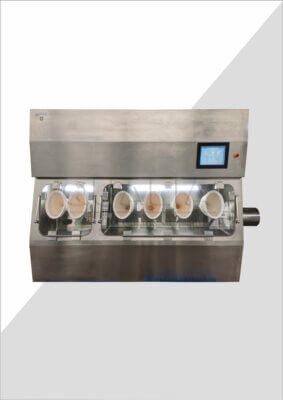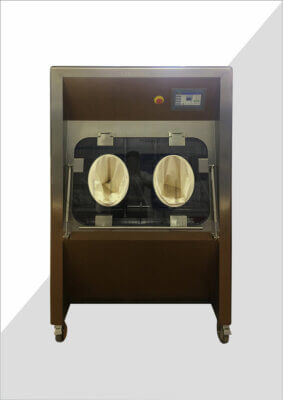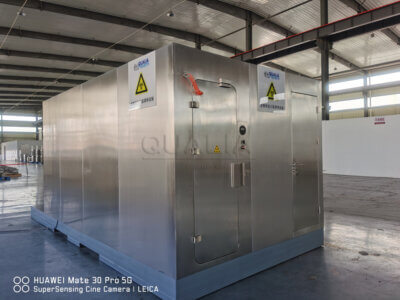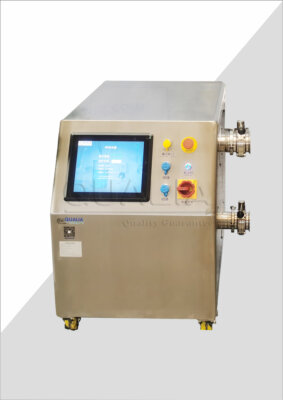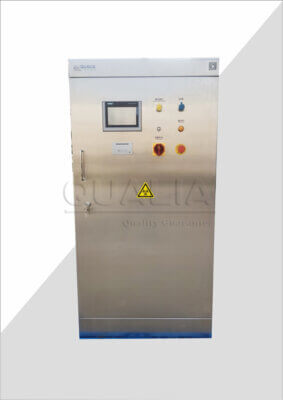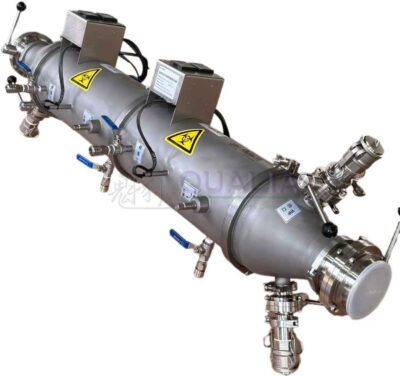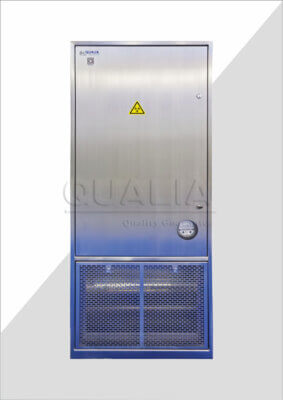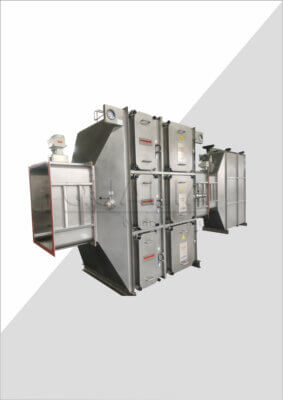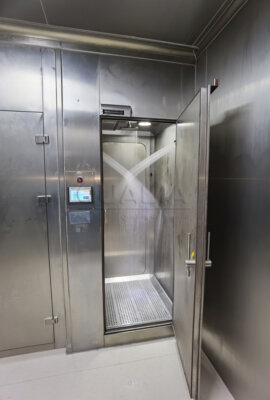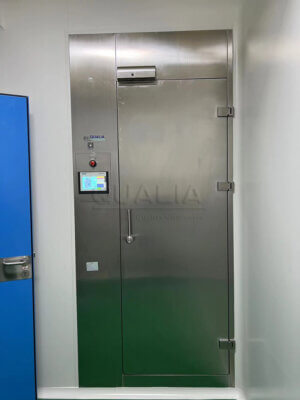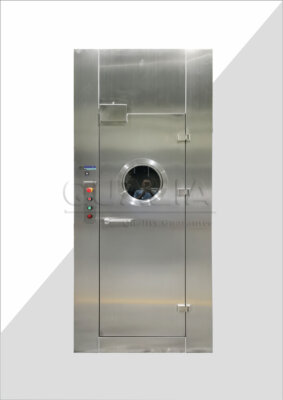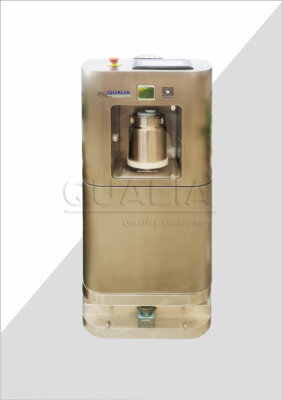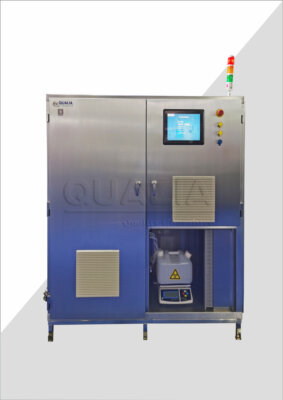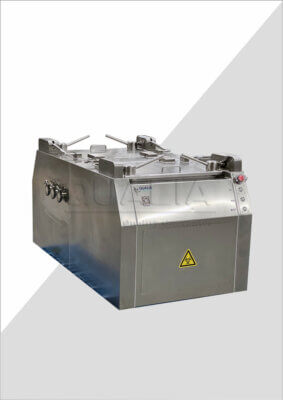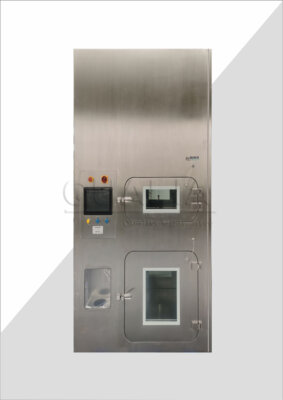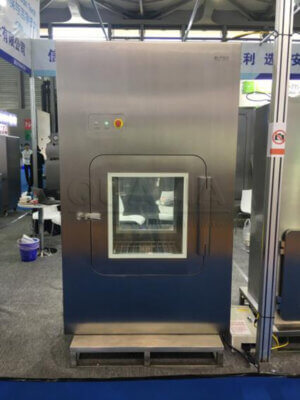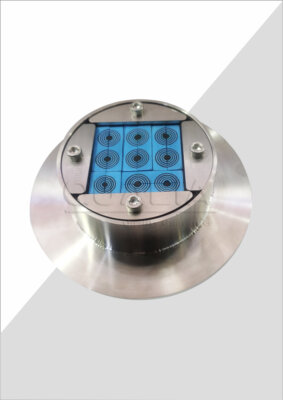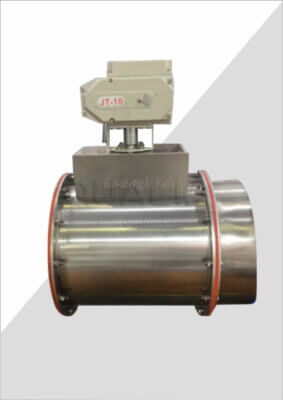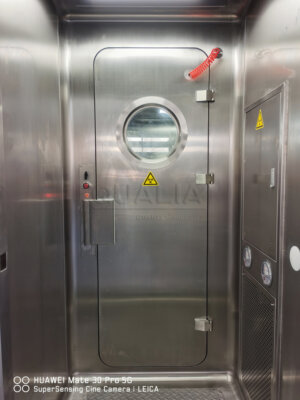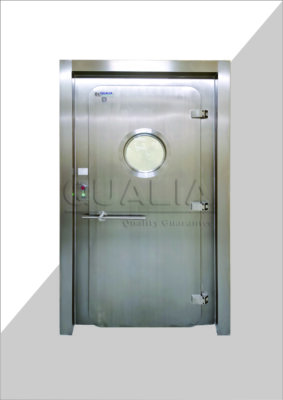When it comes to research and handling of highly pathogenic microorganisms, laboratories must adhere to stringent biosafety levels (BSLs) to ensure proper containment and protection. Among these, BSL-3 and BSL-4 labs are significantly critical, designed to deal with deadly viruses and bacteria. The crucial decision between opting for a stationary BSL-3/BSL-4 module laboratory or its mobile counterpart could influence the effectiveness of disease control and research outcomes. In this article, we explore the nuances that differentiate the two and guide what might suit your needs best.
Fixed BSL-3/BSL-4 Module Laboratory:
The stationary BSL-3/BSL-4 laboratories stand as monuments of high biocontainment measures and the pinnacle of biological safety. Designed to tackle ongoing operations involving hazardous biological agents, these facilities are constructed with a raft of specialized safety features:
- Controlled Airflow Systems: Ensuring air circulates in containment to prevent escape.
- Decontamination Chambers: Vital for sterilizing equipment and personnel.
- Restricted Access: Access is heavily regulated and monitored.
- Specialized Equipment: Built to facilitate the safe handling of high-risk pathogens.
Primarily, these laboratories are integral to permanent, strategic research institutions where critical infectious disease studies are an everyday affair. They’re tailored for longevity and sustainability, providing an uncompromisable shield of biosafety for long-term endeavors.
Mobile BSL-3/BSL-4 Module Laboratory:
Conversely, the mobile BSL-3/BSL-4 labs embody portability and versatility. These condensed, self-reliant units are the answer to urgent biological response calls, easily deployable to emerging hotspots of disease outbreaks or remote fieldwork zones. Typically housed in trailers, containers, or other transportable units, mobile labs can be swiftly set up to act as temporary fortresses of disease control. They encapsulate all required elements, from equipment to safety systems, establishing controlled environments virtually anywhere.
The heartbeat of mobile labs lies in their ability to mobilize quickly and remain functional even amid less structured surroundings. They serve as the first line of defense in outbreak situations, fulfilling immediate needs for high containment facilities where stationary labs are non-existent or inaccessible.
Making the Right Choice:
The dichotomy between stationary and mobile BSL-3/BSL-4 labs ultimately boils down to the specific requisites of the task at hand, weighing factors like the permanence of research projects, geographical challenges, and the urgency of response. For long-term, fixed-location studies, stationary labs offer enduring solutions. In contrast, for dynamic, on-the-move requirements or emergency scenarios, mobile labs are invaluable assets, ready to roll at a moment’s notice.
In conclusion, whether you choose the robustness and resilience of a stationary BSL-3/BSL-4 lab or the agile, rapid-deployment capacity of a mobile lab will align with the unique contours of your biosafety mission and operational demands. Both play pivotal roles in keeping us safe from the threats of infectious diseases, and their choice represents a strategic step in addressing current and future biological challenges.
Related Contents:
- Navigating Biocontainment: The Critical Differences Between BSL-3 and BSL-4 Labs
- Double-Chamber VHP Passbox: Enhancing Efficiency and Flexibility
- Ensuring Safety with Bag-in/Bag-out: The Definitive Guide to Hazardous Filter Replacement
- What is the process of bag in bag out?
- Introducing Qualia: Advanced OEB5 Grade Protection with Bag-In Bag-Out (BIBO) System
- What is the HS Code for “Bag in Bag Out”?
- Introducing Our Custom-Designed Dry Isolation Weighing Chamber for European Clients

